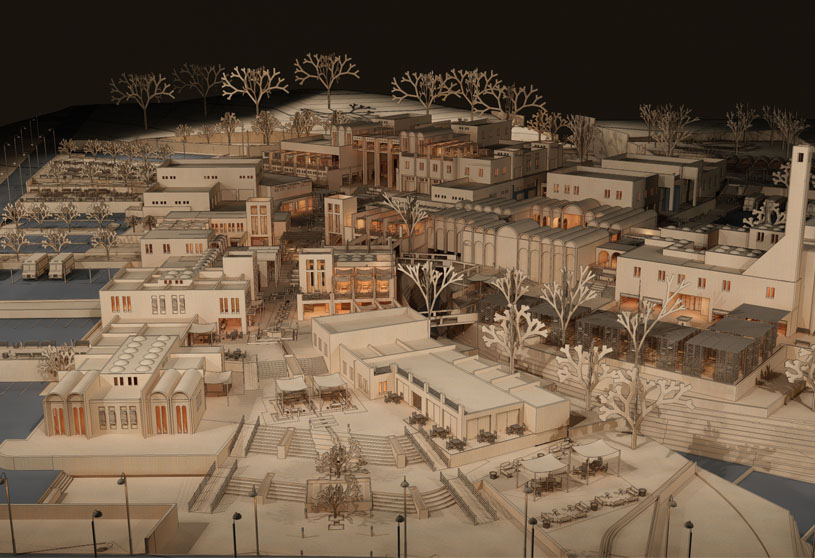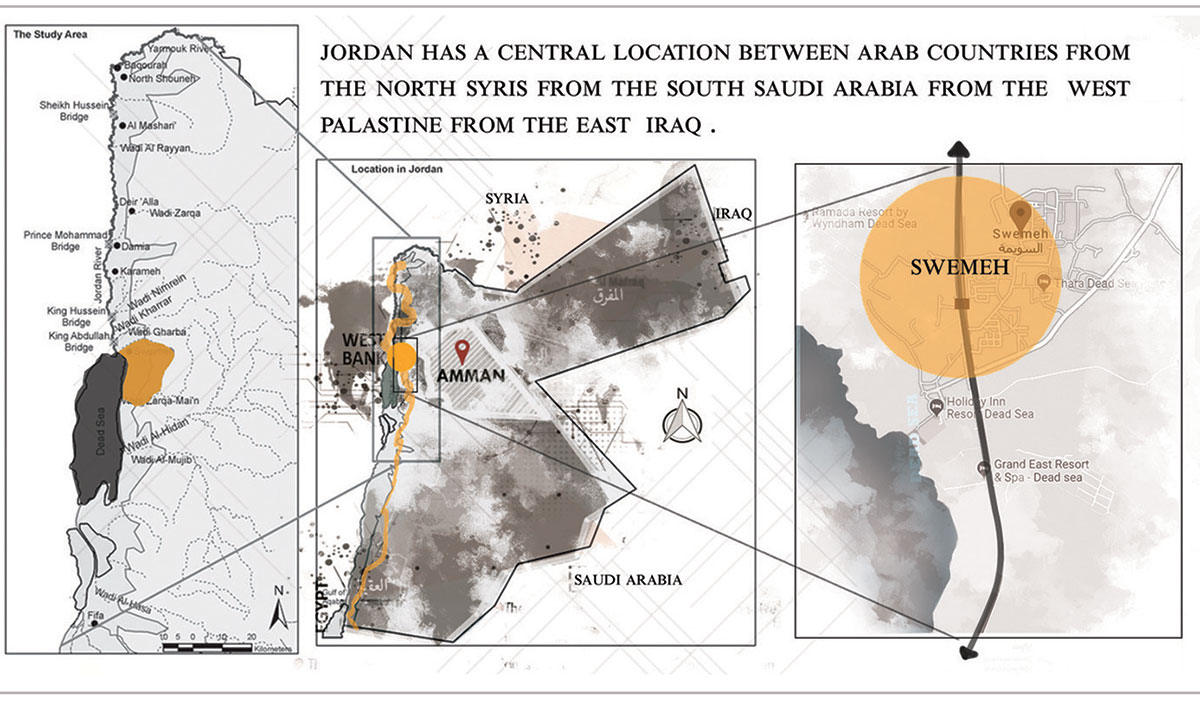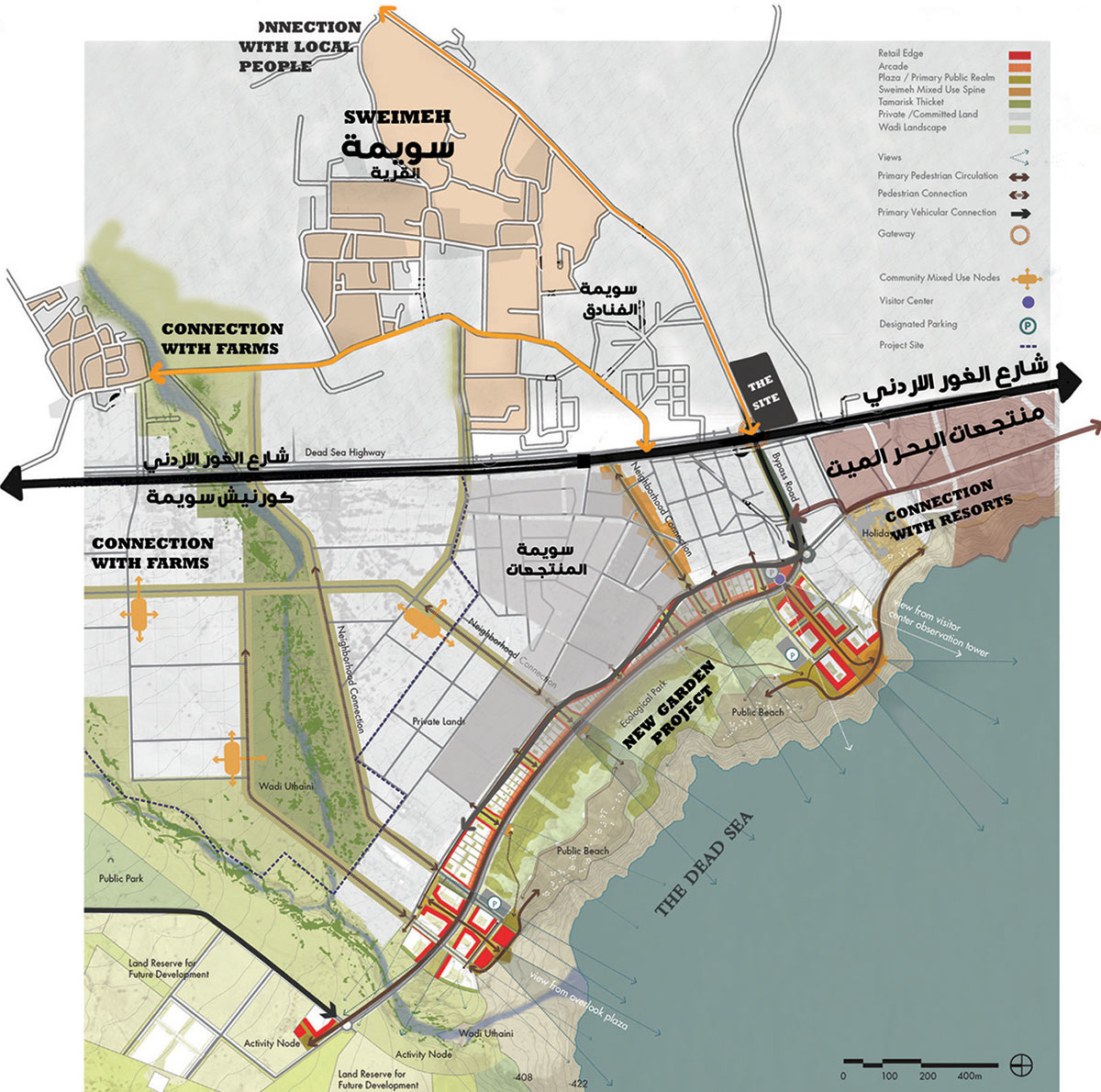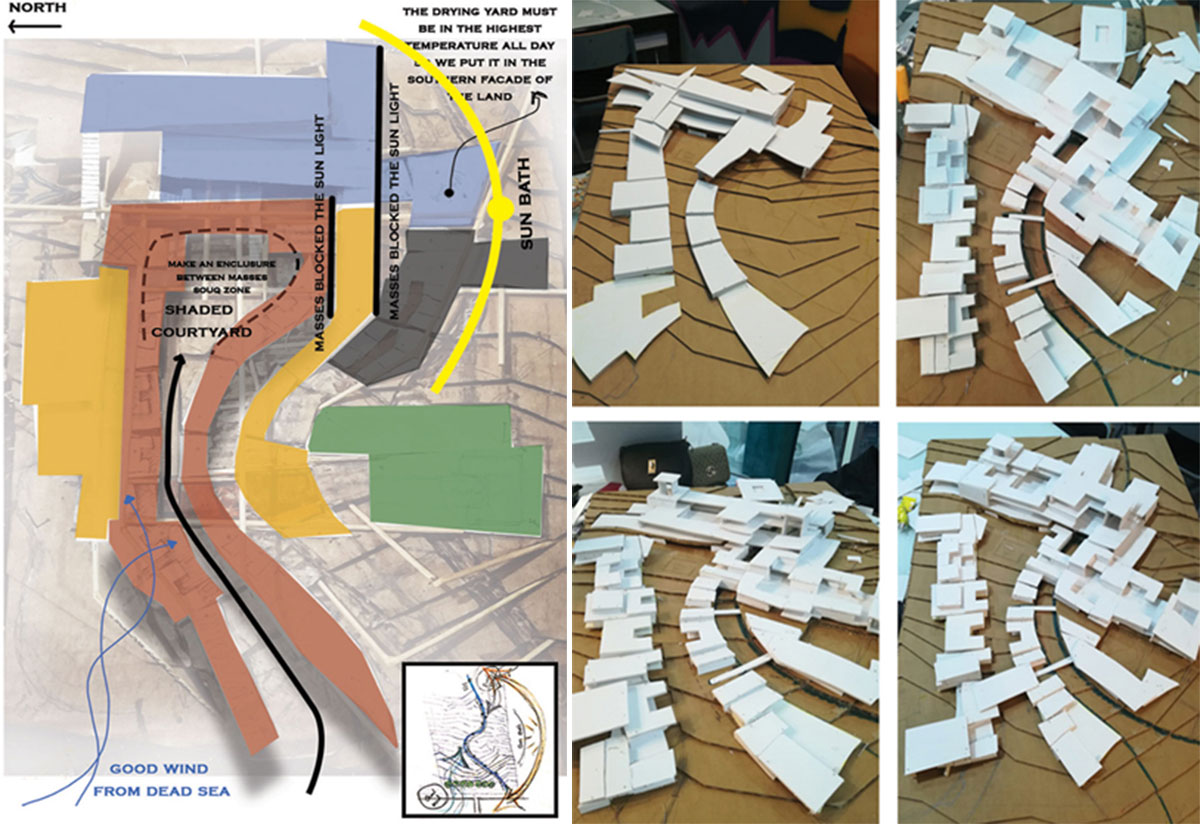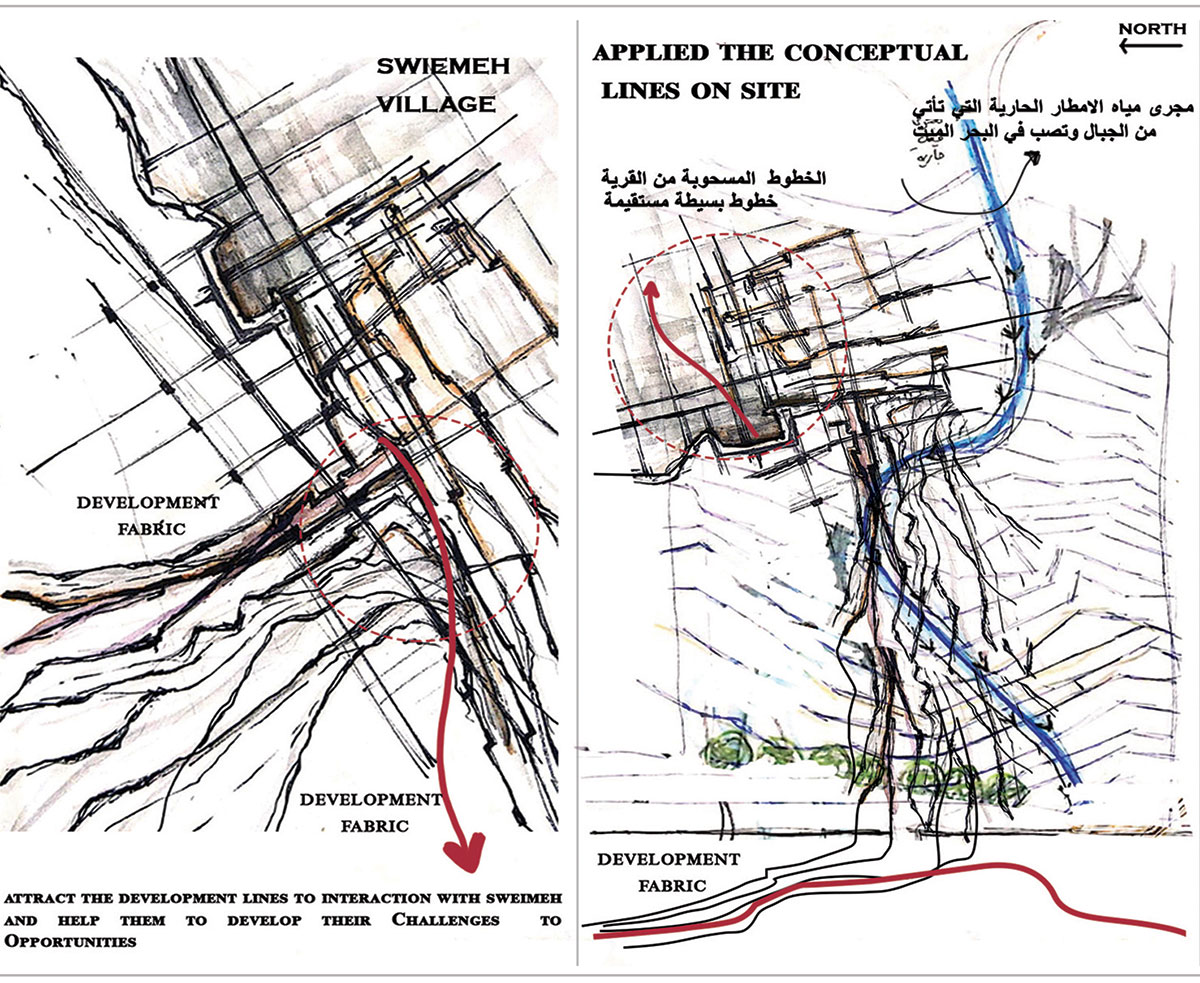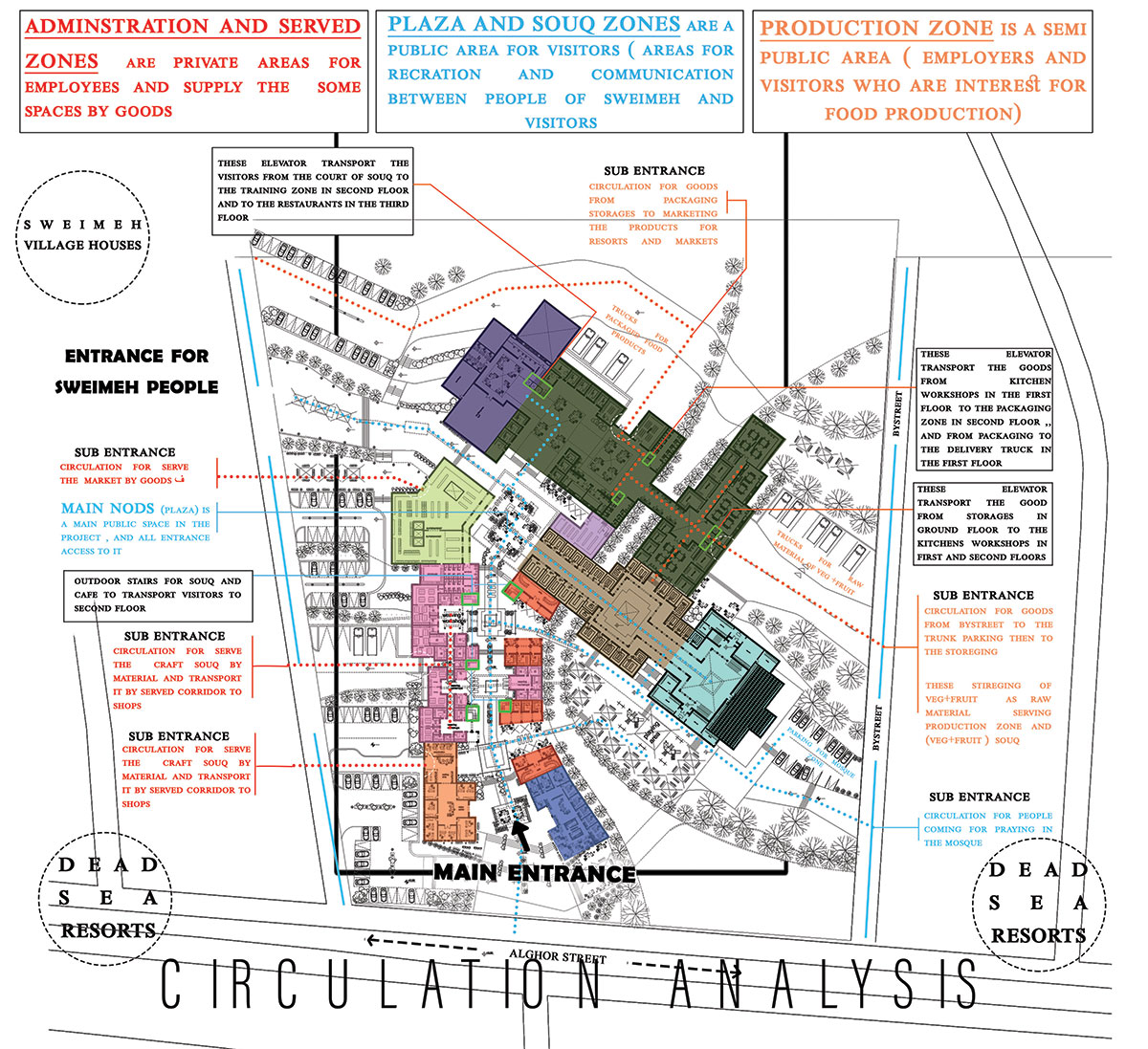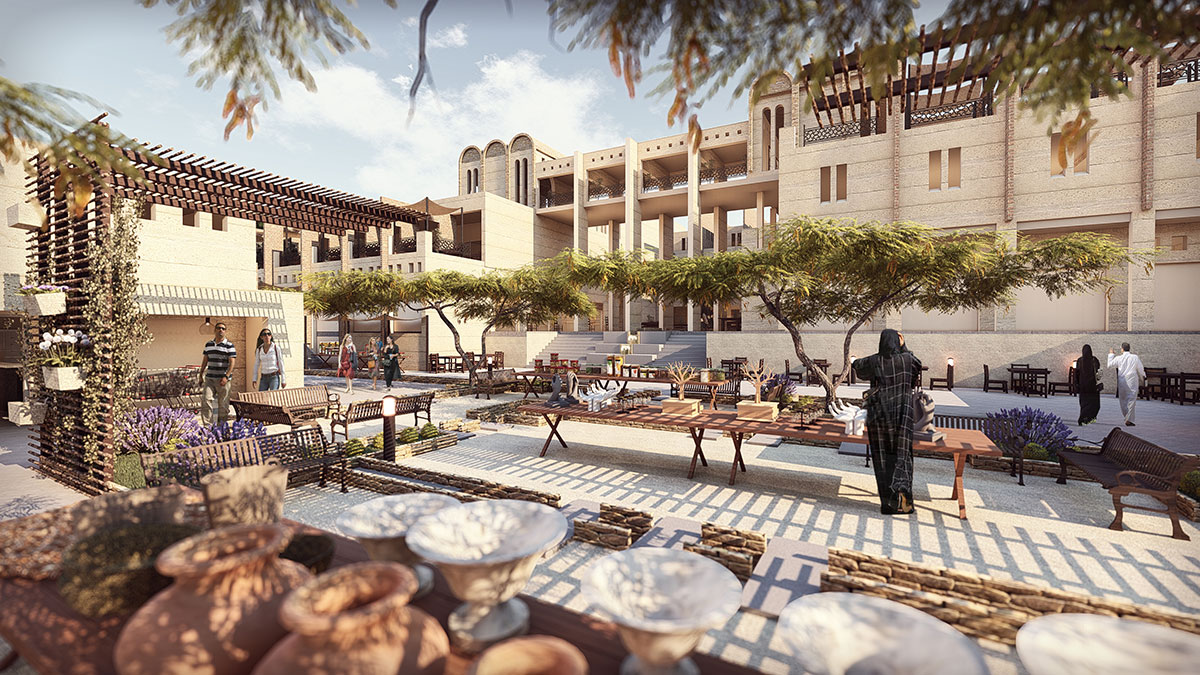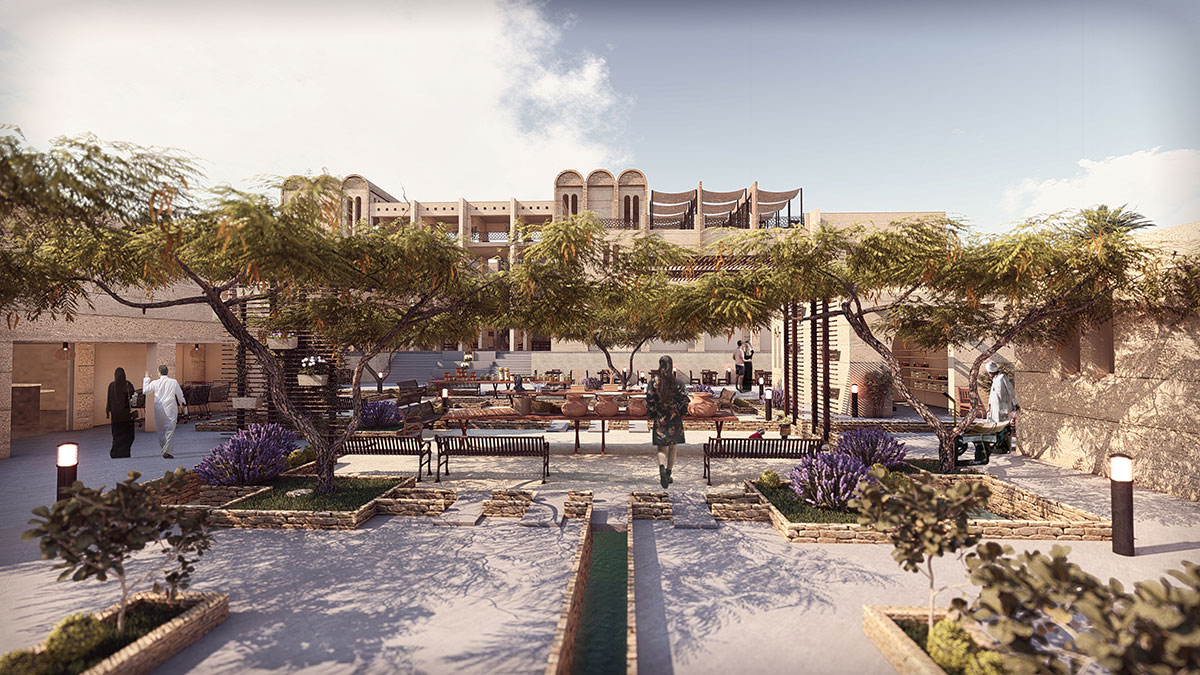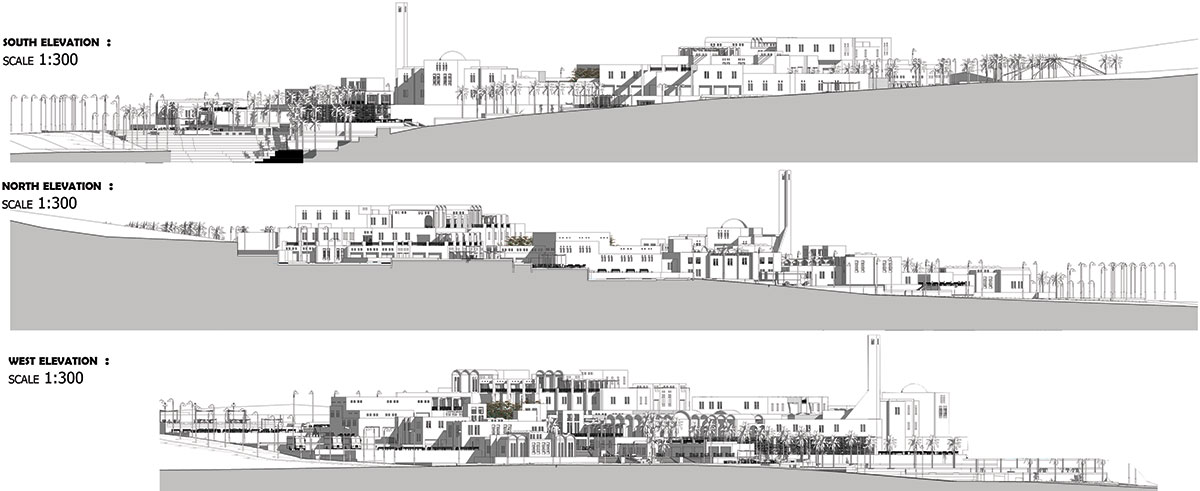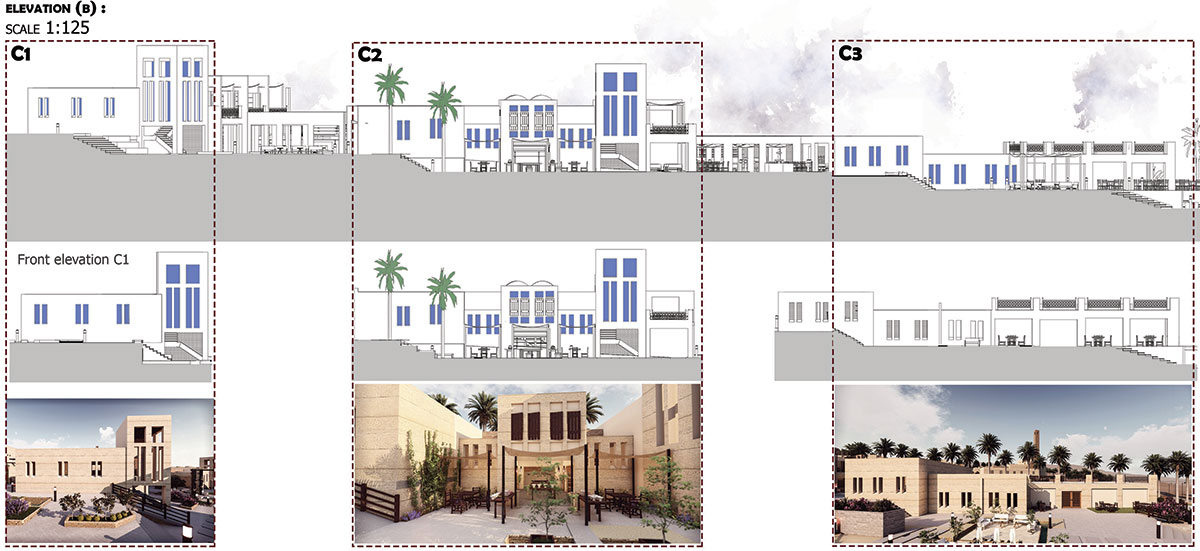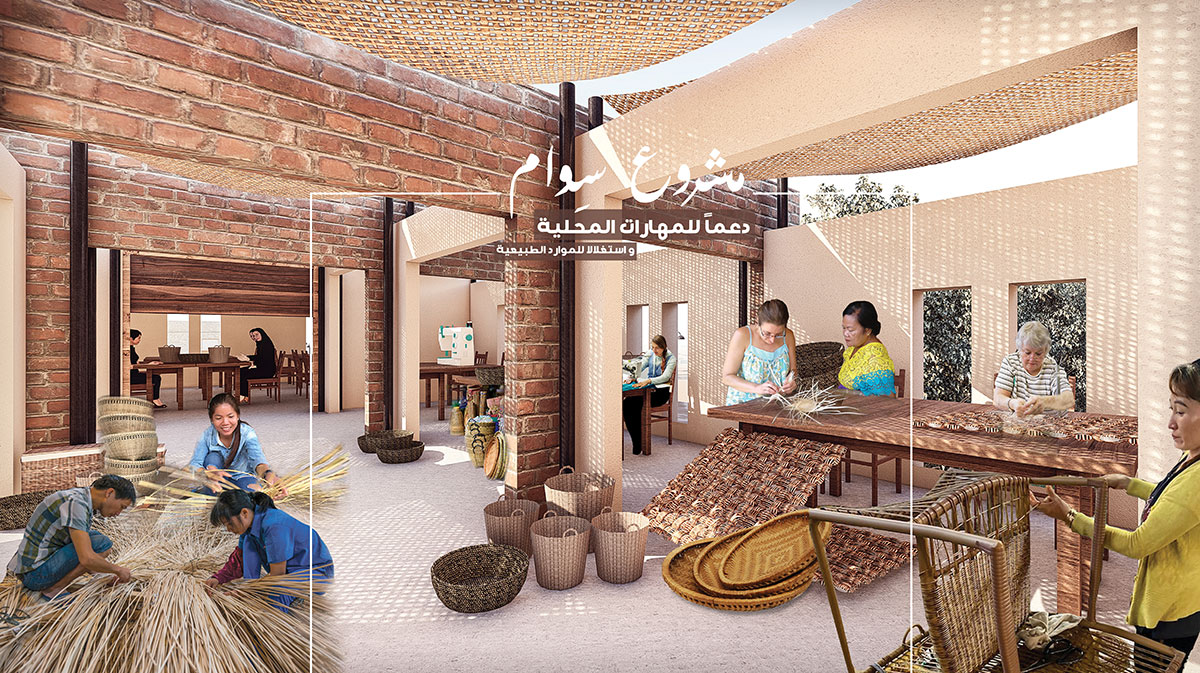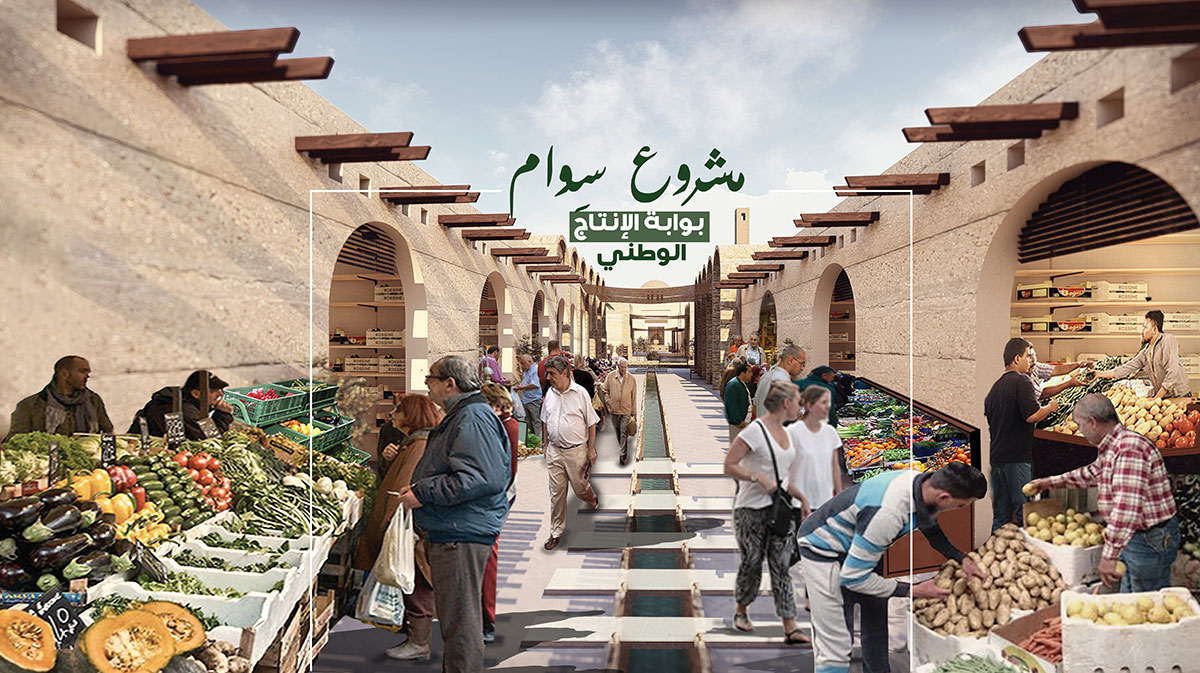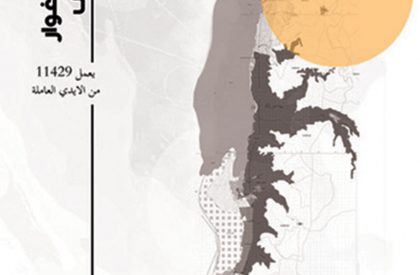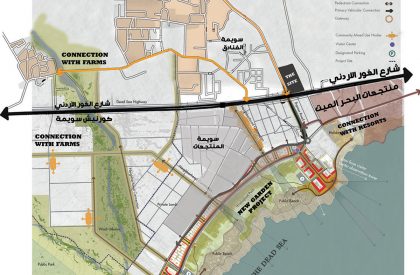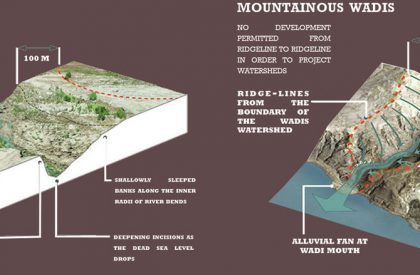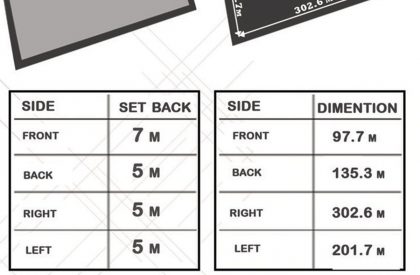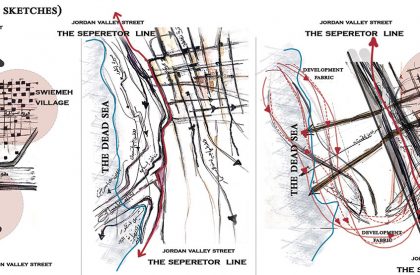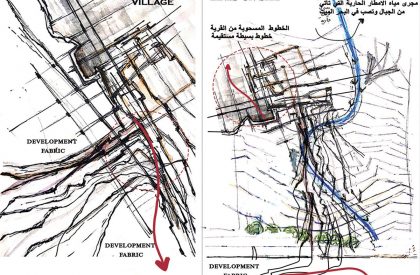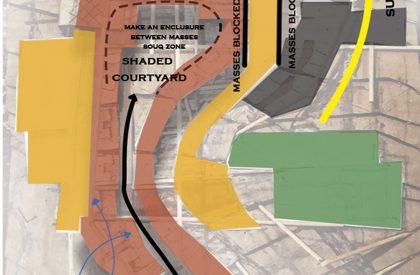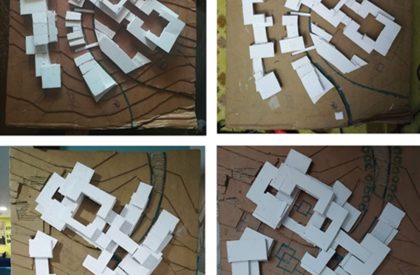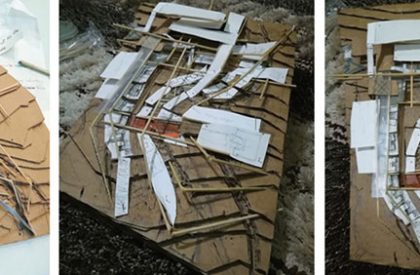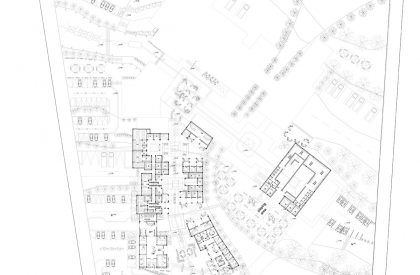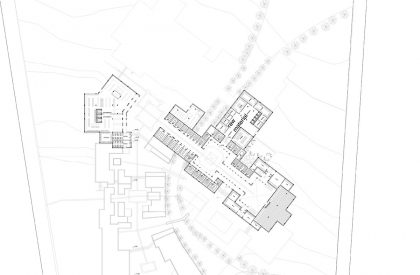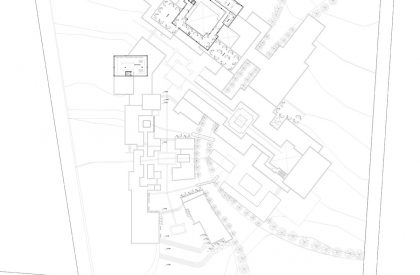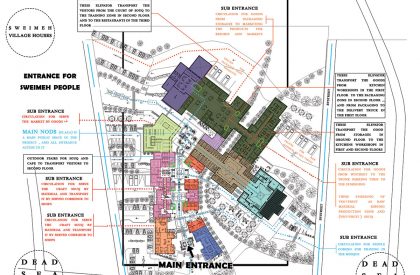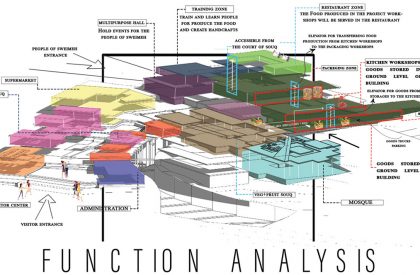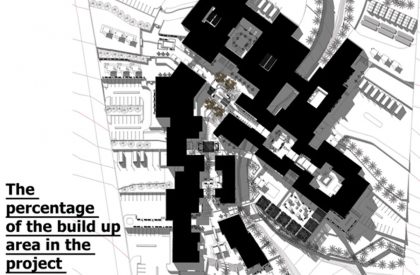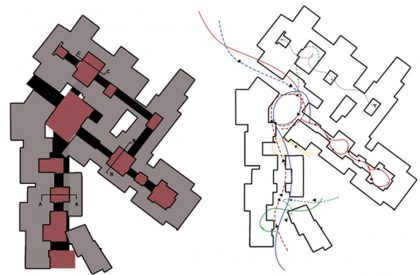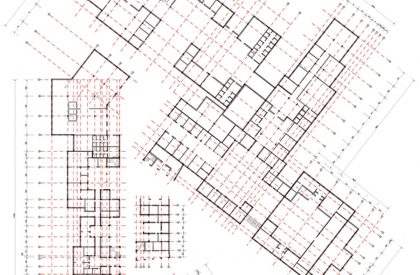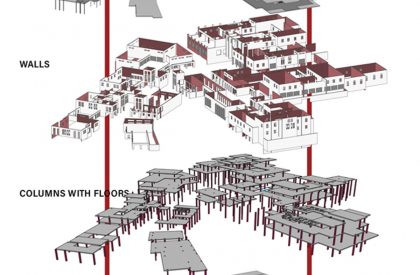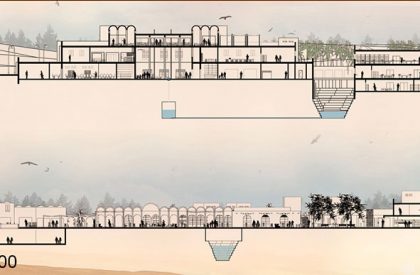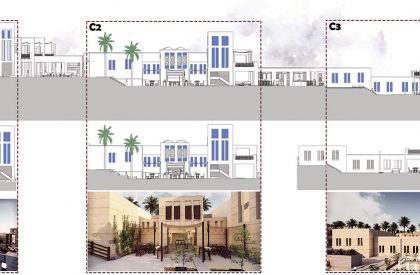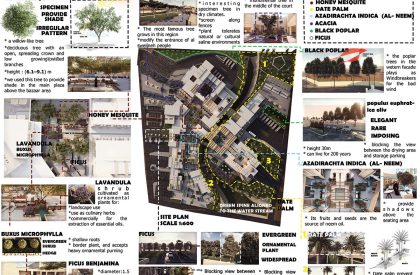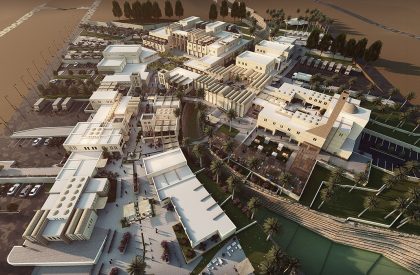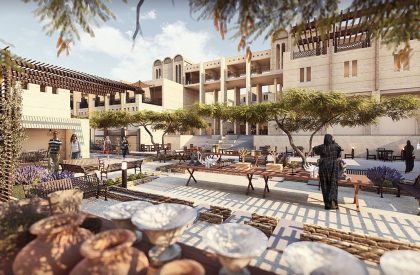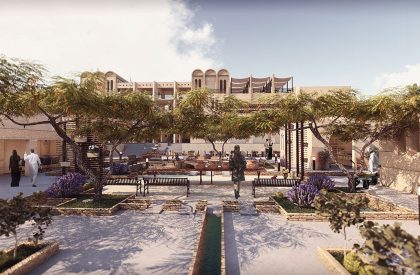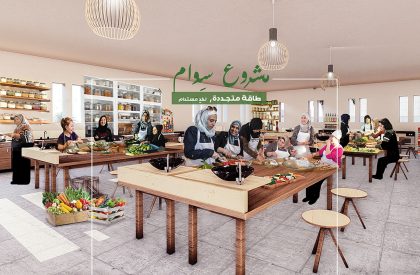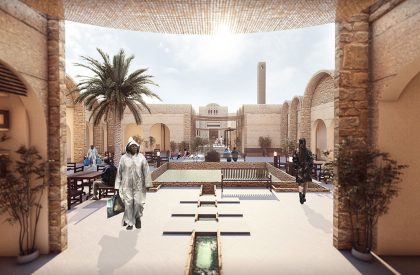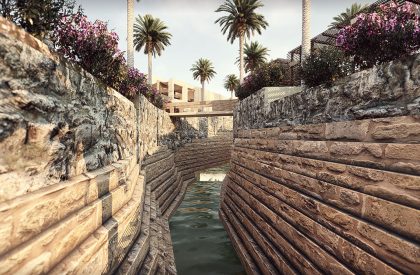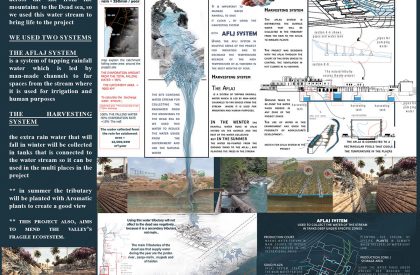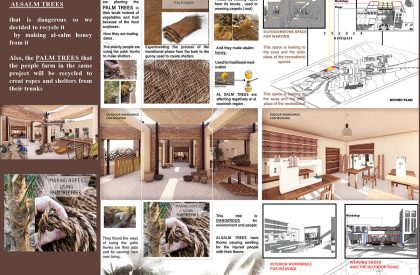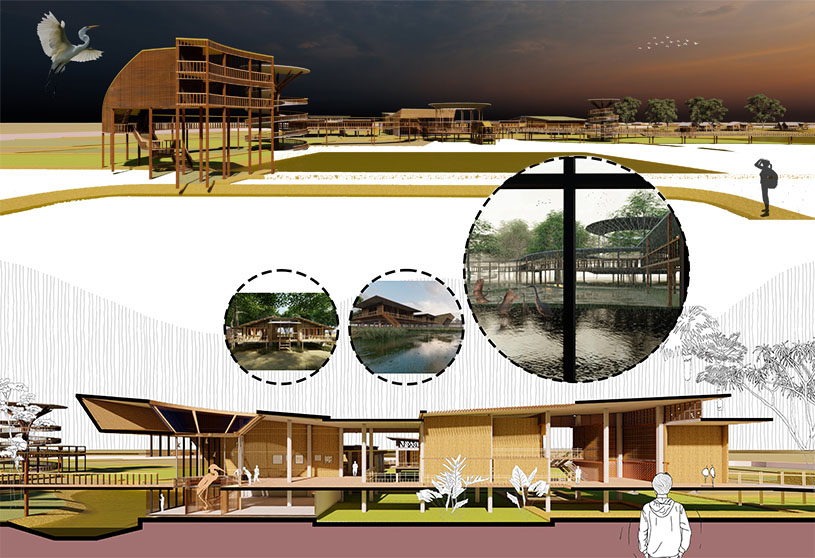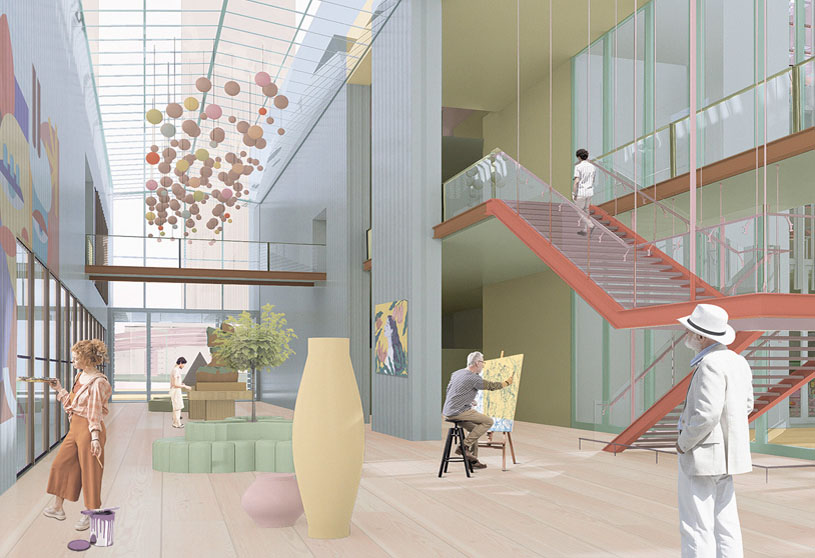Excerpt: ‘Al Sweimeh Development Project – The Forgotten Village’ is an architecture thesis by Lara samara and Nancy al-akhras from Department of Architectural Engineering – Hashemite University, that seeks to tackle the issue of marginalisation in Sweimeh, Jordan, through community development. The aim of the project is to create a place that values the local skills of the Sweimeh people and encourages them to invest in the development of the area through food production cycles.
Introduction: Al-Sweimeh is one of the marginalised communities, also known as the “forgotten village,” whose land was taken advantage of for investments meant to serve as the gateway to tourism. With their lands came the loss of their people’s agricultural craft, and now their productive women need a place to welcome them and say, “We are here”.
The goal of this project is to create a place that values the local skills of the Sweimeh people and encourages them to invest in the development of the area through food production cycles. This will be accomplished by having locals produce goods by hand, promoting agritourism, and marketing these goods to get rid of excess agricultural produce in the Jordan Valley while generating no waste even within the project itself through recycling (waste management). In order to address poverty and the marginalisation of the forgotten village brought about by the disregard for their local skills and the theft of their lands for use in anti-human development projects, a community development plan for Al-Sweimeh village has been proposed.
Community development, as defined by the initiative, is a methodical and collaborative approach to raising Sweimeh’s general standard of living through outreach, skill development, production, and reinvestment in the community. The aim of this project is to enhance the standard of living for the inhabitants of Sweimeh by harnessing their natural and human resources and merging them into the initiative using local tools.
Save